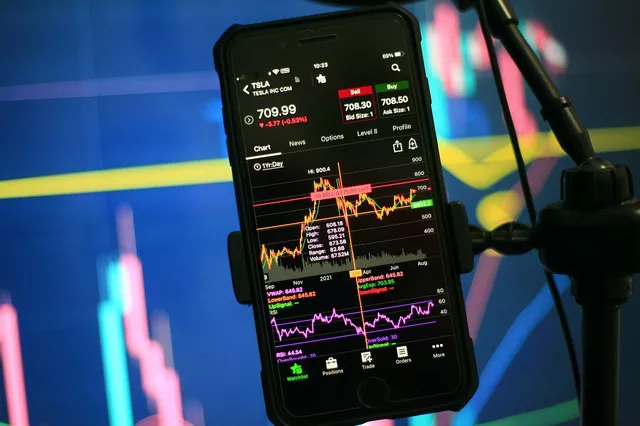Corn futures have become a significant part of the commodities market, attracting the attention of traders, investors, and farmers alike. As the demand for corn continues to rise due to its diverse applications, understanding the value of a single corn futures contract is crucial.
Basics of Corn Futures Contracts
Corn futures contracts are standardized agreements that enable participants to buy or sell a specific quantity of corn at a predetermined price on a future date. These contracts serve as a means of managing risk and price fluctuations in the corn market. One corn futures contract typically represents a specified amount of corn, usually measured in bushels. For instance, the Chicago Mercantile Exchange (CME) defines a standard corn futures contract size as 5,000 bushels. This means that when you buy or sell one corn futures contract, you are essentially dealing with 5,000 bushels of corn.
Determining the Value of a Corn Futures Contract
The value of a corn futures contract is influenced by several factors, including the current market price of corn, supply and demand dynamics, prevailing economic conditions, and geopolitical events. To calculate the value of a single corn futures contract, you need to multiply the contract size (measured in bushels) by the current price of corn per bushel. For example, if the current market price of corn is $4.50 per bushel, the value of one corn futures contract would be $4.50 multiplied by 5,000 bushels, resulting in a contract value of $22,500.
Margins and Leverage in Corn Futures Trading
Margin requirements play a crucial role in corn futures trading. Traders are required to deposit a certain amount of capital, known as the margin, to initiate and maintain a futures position. The margin ensures that participants have sufficient funds to cover potential losses. The use of leverage allows traders to control a larger position with a relatively smaller amount of capital. However, it’s essential to recognize that while leverage can amplify profits, it can also lead to substantial losses if the market moves against the trader’s position.
Factors Influencing Corn Futures Prices
Several factors impact the prices of corn futures contracts. Weather conditions, such as droughts or excessive rainfall, can significantly affect corn yields and supply, leading to price fluctuations. Additionally, global economic trends, trade policies, and shifts in energy markets (as corn is used for biofuel production) can influence demand for corn and consequently impact its futures prices. Staying informed about these factors is vital for making informed trading decisions.
Risks and Benefits of Corn Futures Trading
Engaging in corn futures trading offers both opportunities and risks. On the one hand, futures contracts provide a platform for hedging against price volatility, allowing farmers and producers to secure a predictable price for their corn harvests. On the other hand, speculators and traders can seek profit by accurately predicting price movements. However, the inherent leverage in futures trading amplifies potential losses, making risk management strategies essential. It’s crucial for participants to have a thorough understanding of the market, conduct proper research, and consider working with experienced brokers or advisors.
Conclusion
In conclusion, the value of a single corn futures contract depends on factors such as the contract size, current market price of corn, and prevailing market conditions. As you venture into the world of corn futures trading, remember that it’s a realm where careful analysis, risk management, and staying informed are keys to success. Whether you’re a farmer looking to secure your crop prices or a trader seeking profit opportunities, a solid grasp of the dynamics involved will serve you well in your corn futures endeavors.


